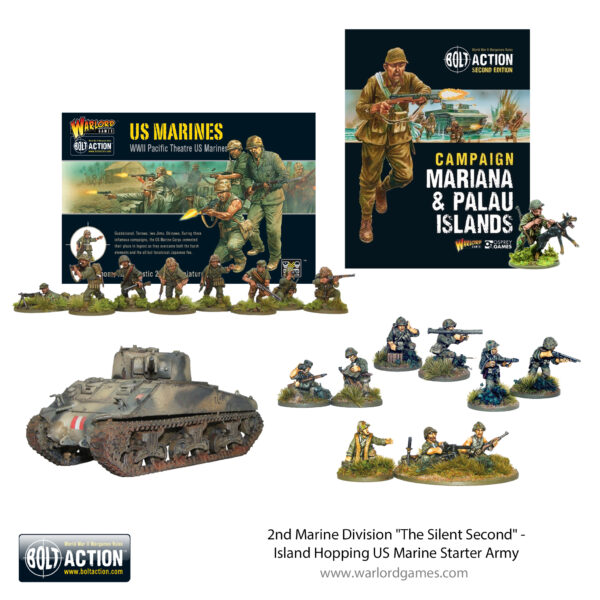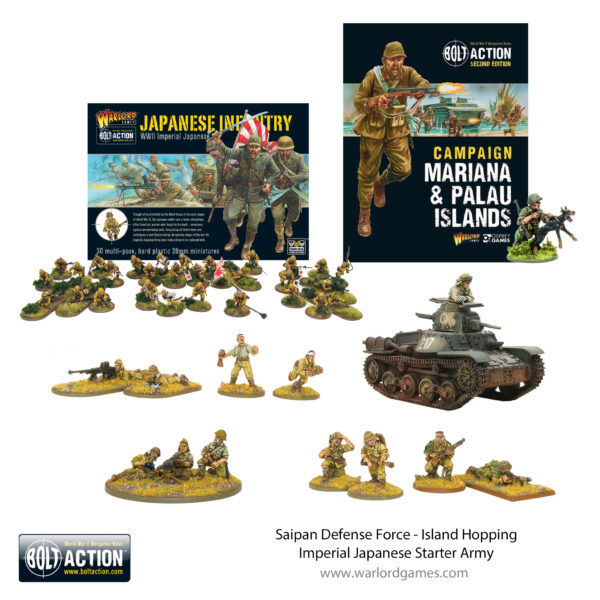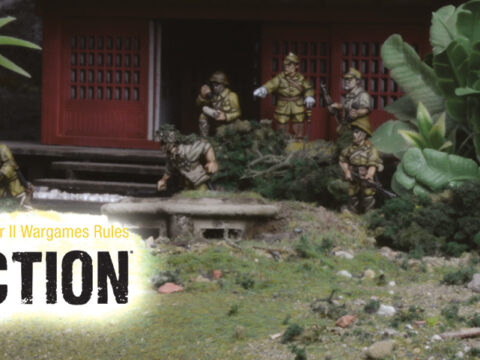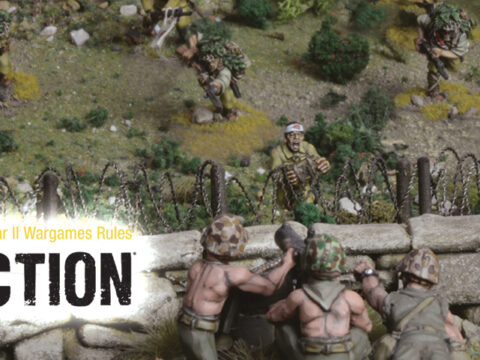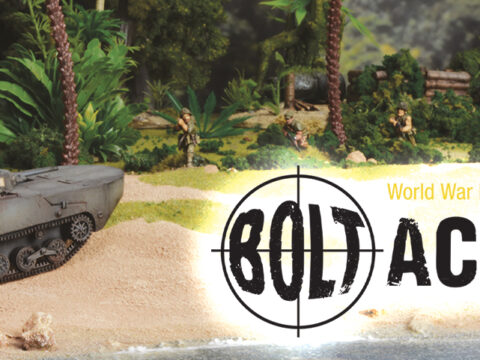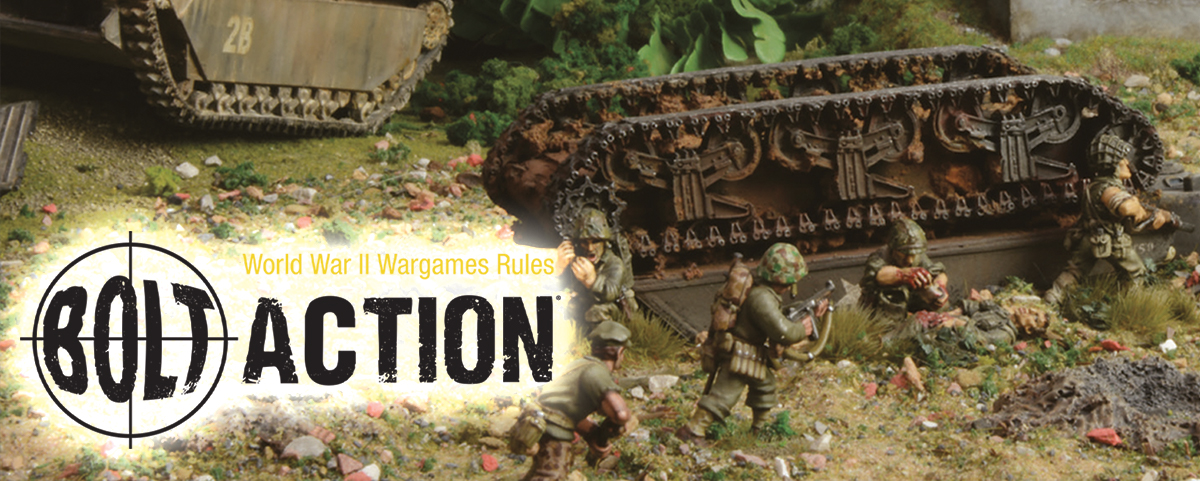
Constructed by the Japanese in 1944 on the small island in the Palau Islands group, Peleliu airfield was seen as a potent threat to US efforts in the Pacific theatre. Poised between the key locations of New Guinea, the Marianas and Mindanao, the airfield provided a threat to the flanks of the encroaching US forces. Early US strategy was thus revised to include an invasion of the Palau Islands, both the neutralize the threat of enemy aircraft and to seize the valuable asset of the airfield for their own needs.
Unfortunately for the US invaders, Japanese Intelligence had delivered an incorrect summation. The Japanese had fully expected the attack on the Palaus to come before the Marianas. In reality, the Marianas were invaded first, giving the defenders of the Palaus and additional three months preparation to mount their defence.
Initial Bombardments and Landings
The Japanese had developed new tactics from their previous failures in Island Defence, opting to no longer hold the invaders at the beach, but to draw the enemy into a war of attrition. The island was thus transformed into a honeycomb of networked positions.
The invasion’s preparatory bombardment proved entirely ineffectual, and the Japanese maintained restraint in returning fire so as not to betray their positions.
The result was the marines that landed on the Island on the morning of September 15 1944 were surprised and bogged down by heavy fire by previously unknown positions, suffering extreme casualties and losses of equipment. They also were subject to a daylight counterattack by Japanese tankettes. Though this was repelled, it heralded the change in defensive tactics to the US forces.
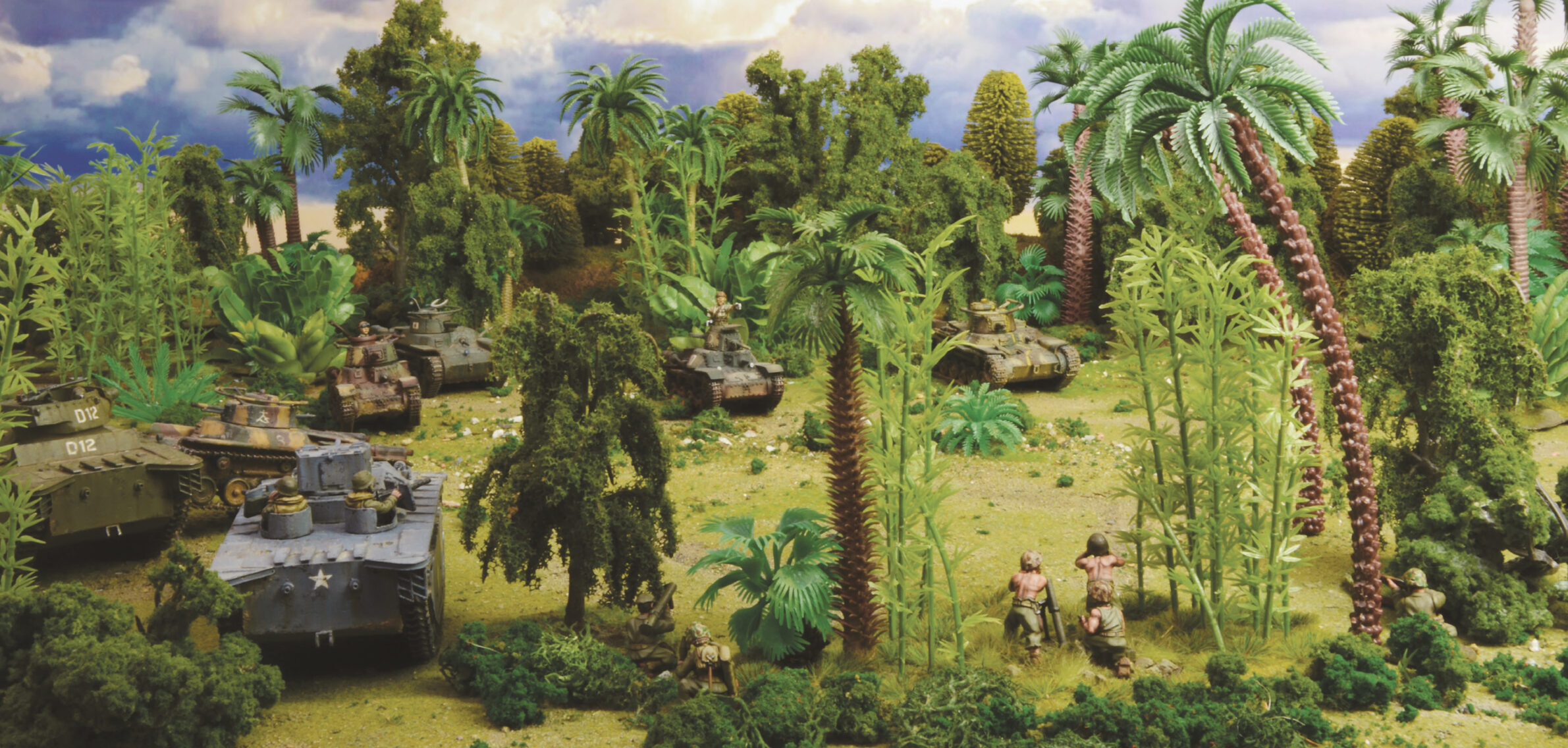
The Attack Across the Airfield
On the second day, 16th September, the 1st Marines, of E Company and F Company, 2nd Battalion, were tasked with advancing across Peleliu airfield and neutralizing all Japanese defences in the buildings that nestled in the shadow of the mountains. The prospect was perilous, as the flat airfield offered very little in the way of cover beyond a few wrecked vehicles and shell holes.
Aside from the airfield buildings, there was a well-fortified barracks to contend with, occupied by well-respected Japanese troops, many of which were veterans of Manchuria. 30 minutes of heavy naval and air bombardment preceded the attack but had little effect on the fortified bunker. The extreme heat also made fighting conditions difficult, with the marines unable to move across the open ground at optimum speed.
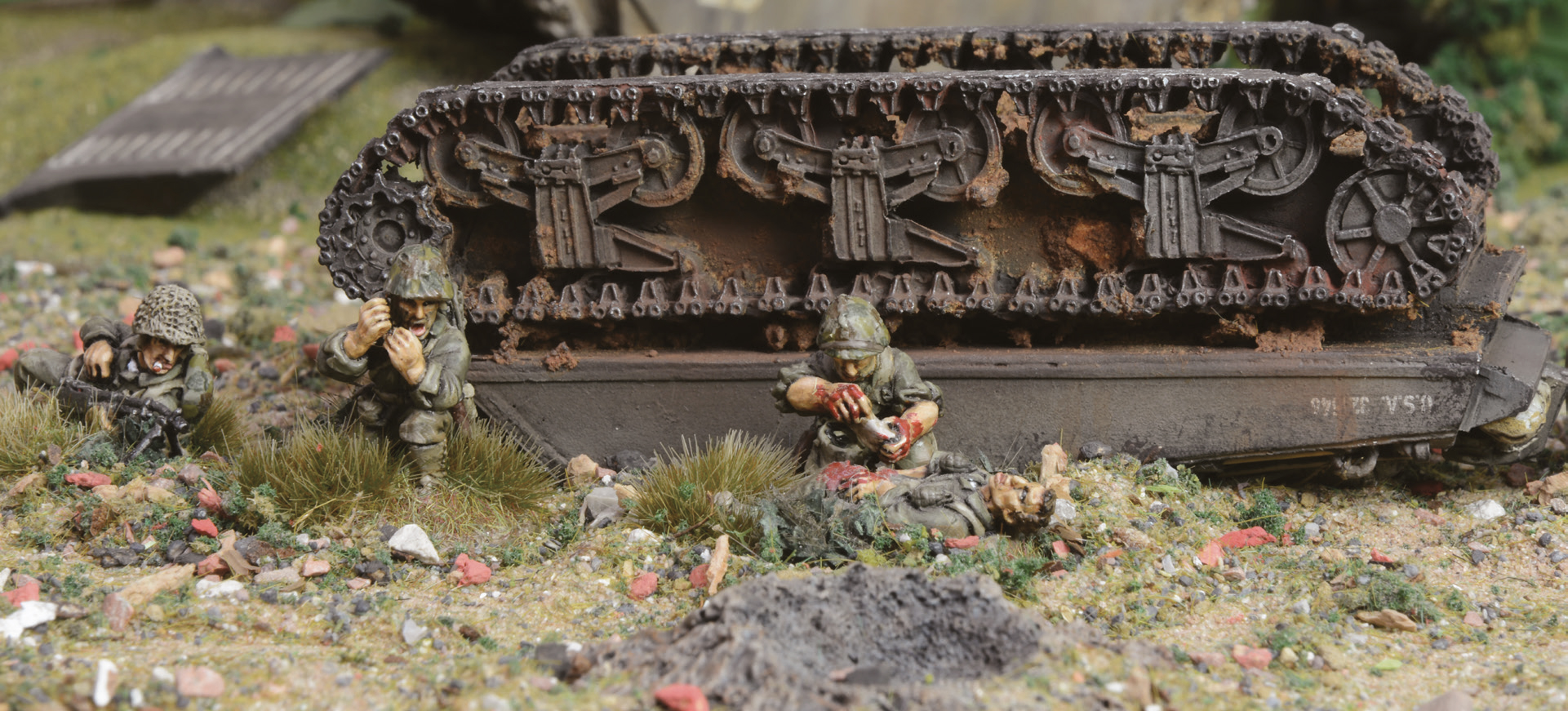
A Defence network
The Japanese defenders were well prepared with a series of anti-tank ditches and camouflaged pillboxes connected by trenches. Rifle pits and machine-gun nests littered the path forward and obstacles such as a double heavy machine gun pillbox and concrete bunkers provided particular obstacles. Indeed the latter proved resilient to small arms fire, grenades (including one fed through a gun slit) and shells from a Sherman tank, and only fell to a lucky bomb strike from an aircraft.
With marines subjected to fire, often from three sides, they were forced to dig in for the night, all the while suffering heavy casualties. With the rare capture of a Japanese prisoner, the marines gleaned more about the defensive positions, and on the second day (with temperatures exceeding 115 degrees Fahrenheit), tank support and heavy bombardments allowed Company I to attack eastward; their demolition teams finally reducing the last blockhouse to rubble.
American use of the airfield
It was a matter of days for the American Naval Construction Battalions to have the airfield operational again, with spotter flights soon supporting artillery and naval gunfire. On 26 September, Corsairs of Marine All-Weather Fighter Squadron 114, arrived at the airfield, bringing useful new weapons to dislodge fortified Japanese defenders – rockets that could blast open holes for the marine infantry to exploit and deadly napalm – highly capable of eliminating vegetative cover, rooting out the occupants of spider holes. These corsairs supported the remainder of the Battle of Peleliu; given the tiny size of the Island, often there would only be 15 seconds between takeoff and reaching the target area, and many pilots didn’t bother to retract their undercarriage during these short flights.
At war’s conclusion, the airfield was abandoned, and gradually the island’s vegetation has crept back and reclaimed the ground. The husks of abandoned tanks and discarded equipment still litter the jungle, however.
The Battle of Peleliu as a whole remains a controversial battle in US history, with the overestimation of its strategic importance sitting at odds with the high casualty rate – the highest of all in the War for the Pacific.
Begin your Palaus Campaign
Within Campaign Mariana & Palau Islands, you’ll find a scenario to re-enact the marines’ assault on Peleliu airfield, as well as a whole host of other significant battles pertinent to the Palau Islands.
Or consider our Island hopping starter army bundles, perfect for quickly assembling a dependable core army for assaulting or defending the islands of both the Marianas and the Palaus.


